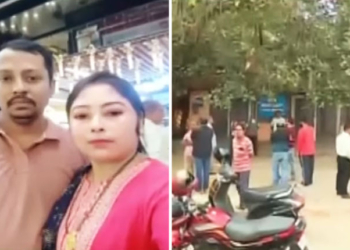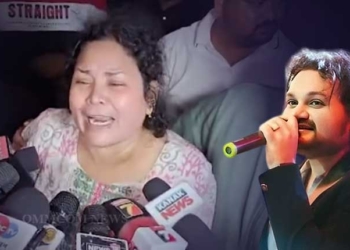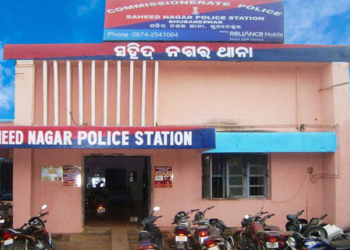Durga Puja is the major festival of Hinduism celebrated throughout the Indian subcontinent for a period of ten days. This festival is celebrated in the month of Ashvina (September- October). The festival is particularly celebrated in Bengal, Assam, Jharkhand, Odisha, and other eastern states as well as the western states like Gujarat. Durga Puja or Durga Utsav celebrates the victory of Goddess Durga over the evil demon King, Mahishasura.
The entire Hindu community engages itself in the festivities from day one or Mahalaya. Mahalaya marks the advent of Goddess Durga when she officially begins her journey from Mount Kailash — where she resides with her husband Lord Shiva — to her maternal home on Earth. On this day, people practice rituals and pay ode to their ancestors. However, Hindus observe Mahalaya as the ending of Pitru Paksha, also known as Shradh or Shraddh, and the beginning of Devi Paksha. Pitru Paksha is a 15-day period when Hindus pay homage to their ancestors. Pujo formally starts from the sixth day or Sasthi where the Goddess is worshipped in her various forms. Finally, on the tenth and last day, Vijayadashmi, the sacred images and sculptures of the goddess are immersed in local rivers. This ritual marks the return of Goddess to her spouse, Shiva, who resides in the Himalayas.
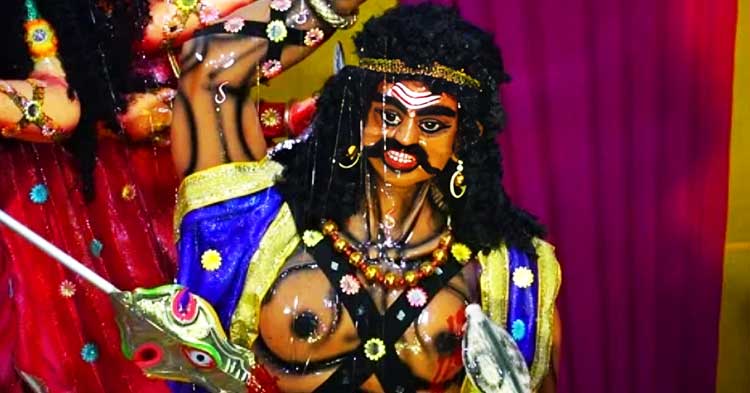
However, there are two faces of Durga Puja. Many small communities and tribes in Odisha, West Bengal and Jharkhand practice Durga Puja in different ways and have their own ancient traditions. For instance, the Kherwal Santhals of Keonjhar and Mayurbhanj in Odisha, Falaora village in West Bengal’s Purulia district, Santhal Pargana and West Singhbhum in Jharkhand mourn throughout the duration of Durga Puja. While Durga Puja is a joyful event for others, it is a sad festival for Santhals. On this day, one of their gallant warriors was murdered; they also lost their chief, their outstanding commander. Instead of making delicious meals and sweets or buying new outfits, they send their lost leader a gift of sympathy and pain. The lost leader is no one else but Hudur-Durga whom we call Mahishasura, the demon king. Apparently, not a significant number of people are aware of the festival which is known as Dasai by the Santhals.
The Kherwals believe that prior to the formation of the Santhal community, Santhals descended from Kherwals, who had a ruler who oversaw a region known as Chaichampa. According to myth, Chaichampa was a prosperous, joyous place where people were satisfied and coexisted harmoniously. In the midst of it, some intruders (perhaps Aryans) attacked the country of Kherwals, but they were defeated by their courageous, strong king. The Kherwal forebears never attacked women, but the Aryans were aware of this frailty and purposely wed the Kherwal king to one of their women (an Aryan woman). The only option the Kherwals had after their chief’s wife tricked him into killing himself was to flee their own country.
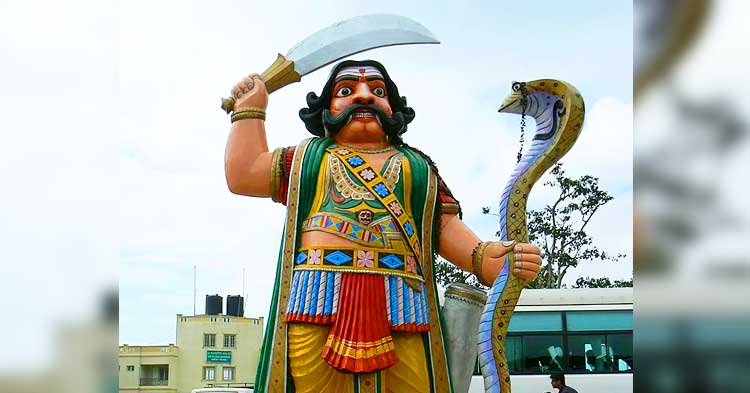
Men fled from the area while posing as women in order to escape the enemies. They commemorate it as Hudur-Durga’s martyr day ever since. Before Hudur-Durga passed away, Dasai was a happy event that later turned into a festival of sorrow and loss. The songs are identical, but the word “Hay-Hay” has been added to them. However, the tradition of Asur puja or Mahishasura puja has spilled over to several other tribal villages in the areas inhabited by Kherwals that now observe ‘Hudur Durga’. Tribal and Dalit communities such as Bagdi, Santhalis, and Mundas take part in observing the martyrdom of Mahishasura. According to the subaltern version of the mythology, Mahishasura, the buffalo-tribal king, was deceived and stabbed by Durga because of a boon that no man could defeat him. Subsequently, a group of gods arrived and killed him.
In the clouds the Devas, celestial beings watching the event, are seen. The story is written in the Devi Mahatmya and Devi Bhagavata and is the background of the Durga Puja, the annual Hindu festival in autumn.
The Kherwals say that Hudur Durga is not among their gods whom they worship all through the year. He was a martyred king and they spend five days remembering him. They call him ‘Nhorh’ meaning human — an ancient human. His land is like an aspired heaven to these Kherwals.
This shows the amount of respect and belief this community has in Hudur-Durga. The Kherwals feel belittled when they see their leader beneath Goddess Durga’s feet. They believe that their leader lost indeed but placing him down there (feet) is a stereotype that is not acceptable.





